
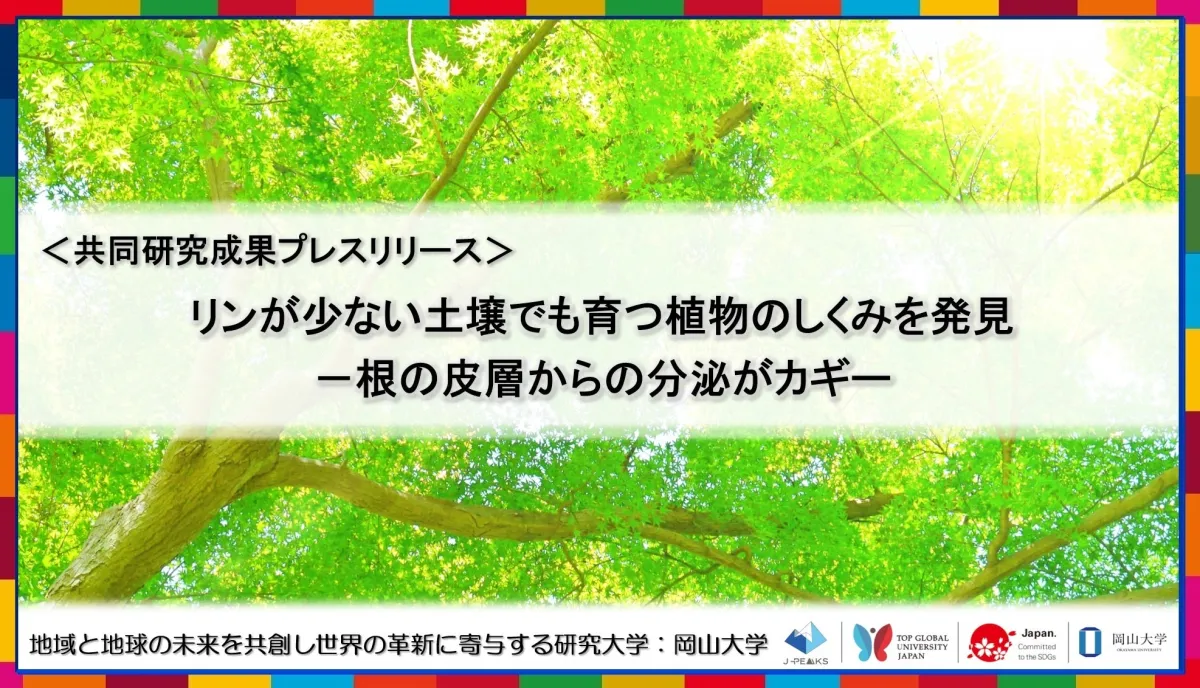
Discovery of Low-Phosphorus Resilient Plants and Their Unique Root Mechanism
Discovery of Low-Phosphorus Resilient Plants and Their Unique Root Mechanism
In a significant collaborative study conducted by researchers from Hiroshima University, Okayama University, Hokkaido University, and Yamagata University, a previously unknown mechanism has been uncovered regarding plants that thrive in nutrient-poor, specifically phosphorus-deficient, soils. These so-called ultra-low-phosphorus resilient plants rely on a specialized secretion process from their root cortex, facilitating effective nutrient absorption and adaptation to challenging environmental conditions.
Key Findings
The study has confirmed that the secretion of organic acids and acid phosphatases—an enzyme that helps in phosphorus absorption—originates from the cortex of the cluster roots. These cluster roots are unique adaptations that enable the plants to expand their root surface area significantly. Particularly noteworthy is the pink cushion hakea (Hakea laurina), native to southwestern Australia, which forms these specialized roots in response to low phosphorus levels.
Understanding Cluster Roots
Cluster roots are characterized by their dense formation of lateral roots, which resemble a brush. This advanced root structure allows for a dramatic increase in the plant's surface area, enhancing its ability to absorb phosphorus from the soil. In addition to increasing surface area, these roots are proficient at releasing organic acids and acid phosphatases that convert soil phosphorus into a more accessible form for absorption.
Historically, it was believed that nutrient-secreting processes occurred primarily through the root epidermis. However, this research has pinpointed the critical role of the cortex in plants within the Proteaceae family—particularly in terms of gene expression and the specific locations within the cells associated with secretion. The research team identified the HalALMT1 gene, which encodes for a malate transporter that plays a pivotal role in malate efflux from the cortex of mature cluster rootlets.
Mechanism of Nutrient Secretion
The study also revealed that ultra-low-phosphorus resilient plants do not develop a protective layer, called the suberin layer, which typically prevents harmful substances from entering the roots. In these plants, the absence of the suberin layer allows for more efficient dissemination of secretions into the surrounding rhizosphere, thereby enhancing the overall nutrient secretion capacities of the roots. The research emphasizes how these adaptations allow such plants to flourish in adverse conditions where phosphorus is scarce.
The findings suggest that the successful attributes of cluster root systems could be pivotal when applied to crop breeding and agricultural practices, unlocking the potential for more resilient crop varieties that can thrive in nutrient-poor soils. This could revolutionize agriculture in regions affected by soil degradation and nutrient depletion, ensuring food security despite climatic challenges.
Publication Details
This groundbreaking study will be published in the upcoming June 2025 issue of the prestigious journal New Phytologist, providing in-depth insights into the mechanisms behind these remarkable plants.
Conclusion
As the research continues, the implications of this discovery stretch far beyond academia, potentially influencing sustainable agricultural practices globally. By shedding light on how plants can adapt to severely phosphorus-impoverished soils, this research not only enhances our understanding of plant biology but also presents new avenues for agricultural innovation and sustainability.
References
DoI: 10.1111/nph.70010
Further details can be found in the press release from Okayama University.
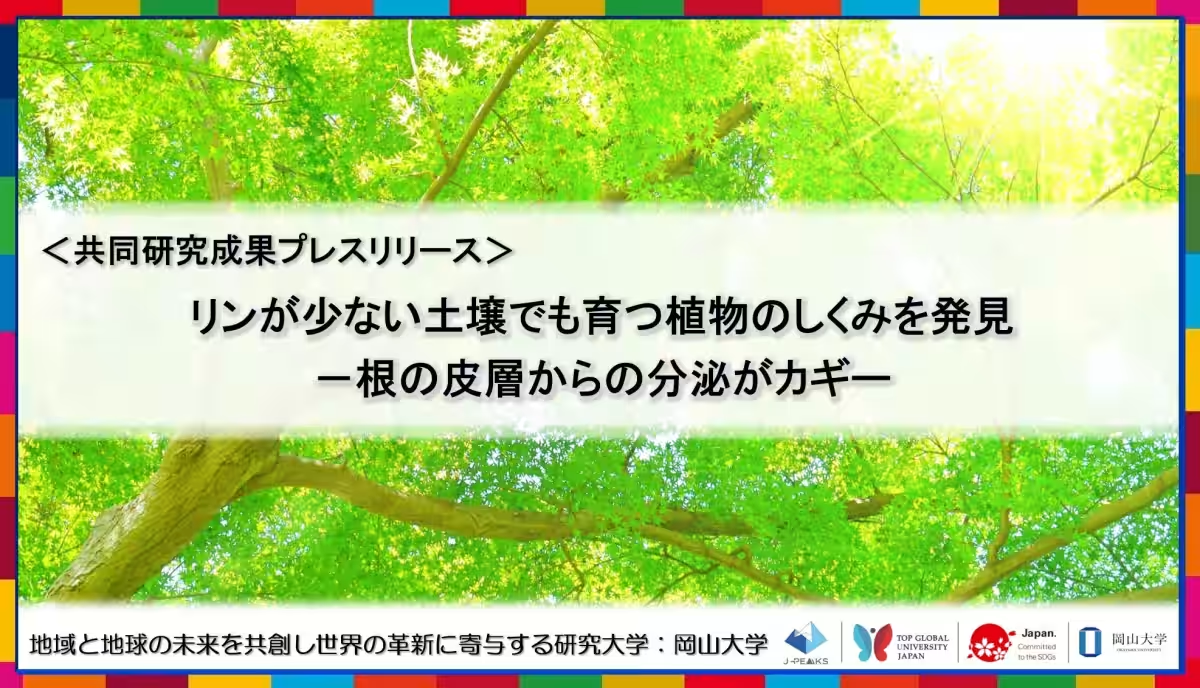
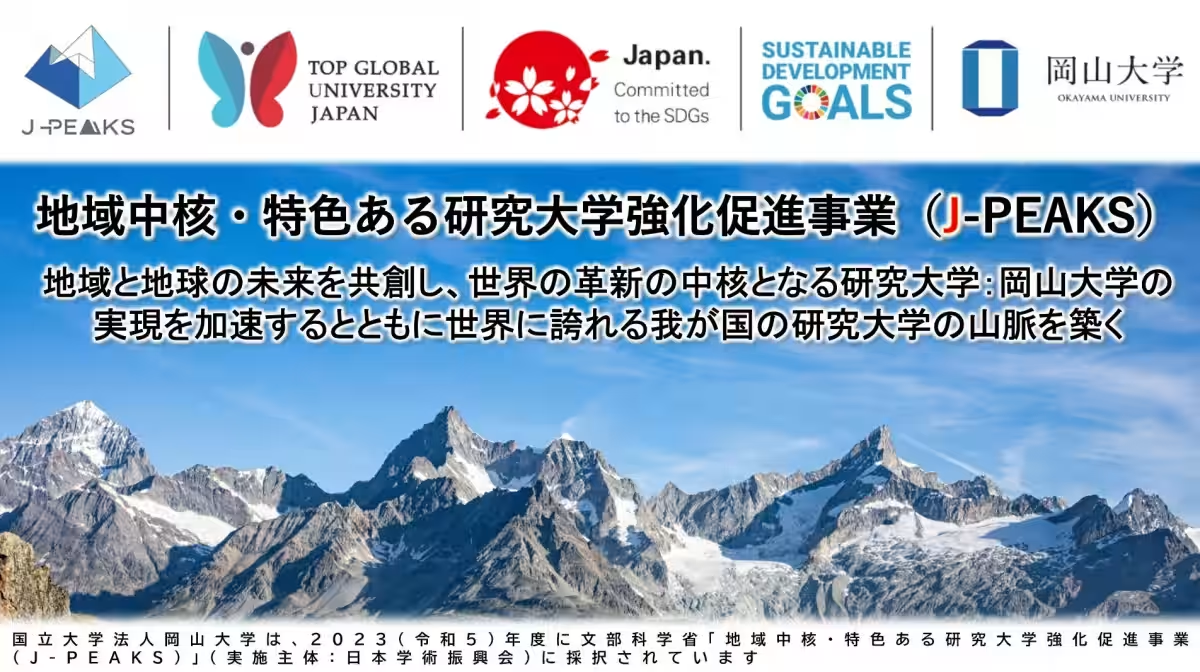
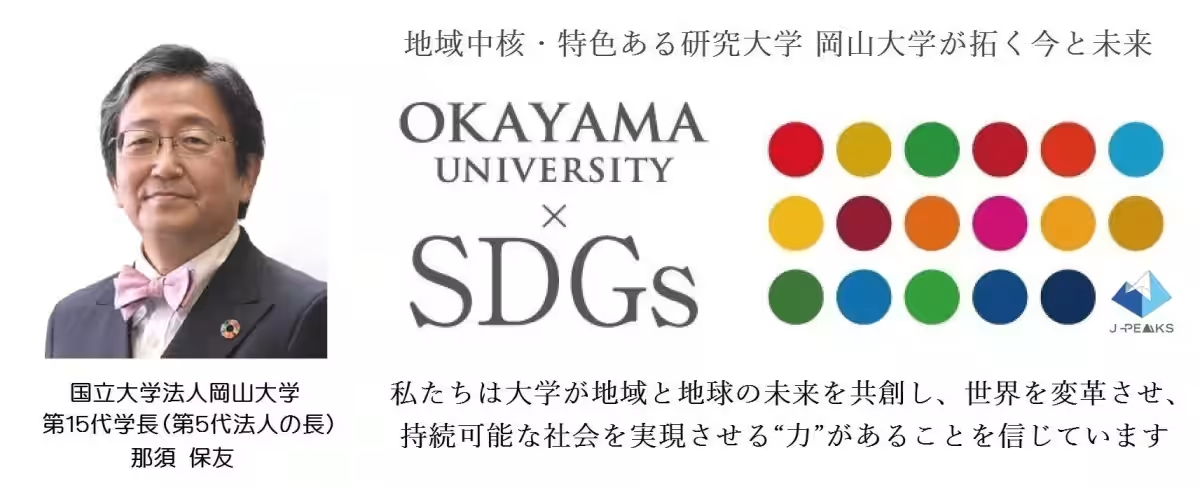
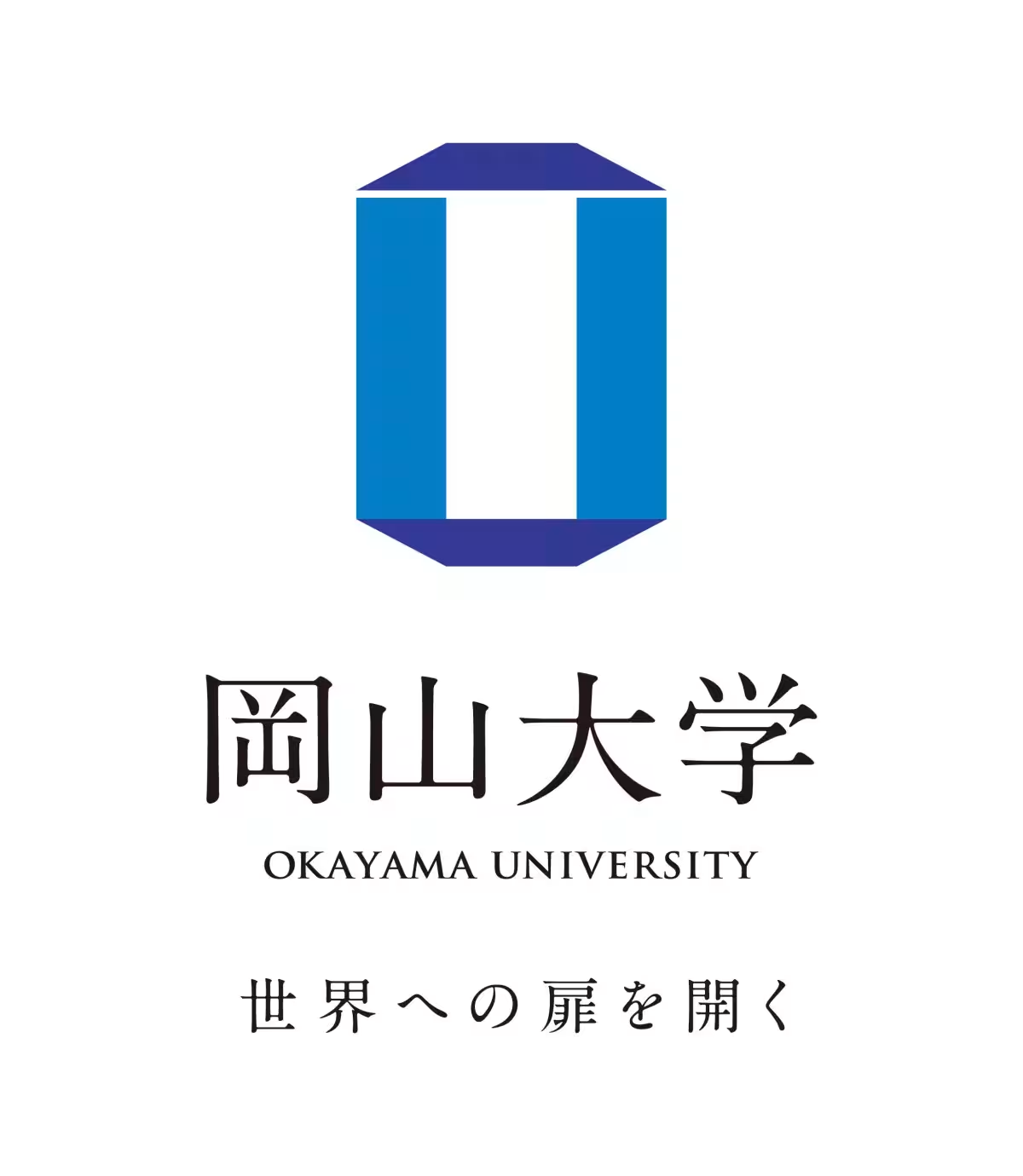
Topics Environment)










【About Using Articles】
You can freely use the title and article content by linking to the page where the article is posted.
※ Images cannot be used.
【About Links】
Links are free to use.